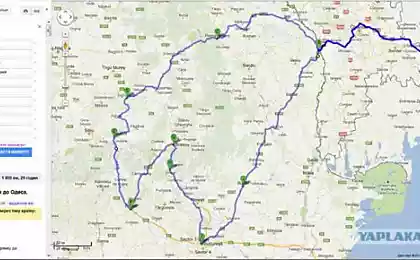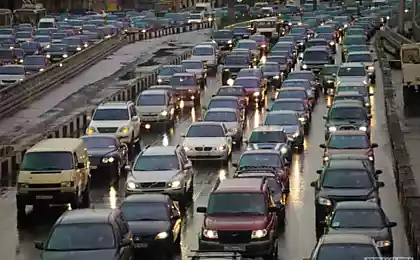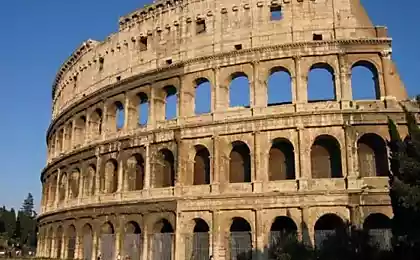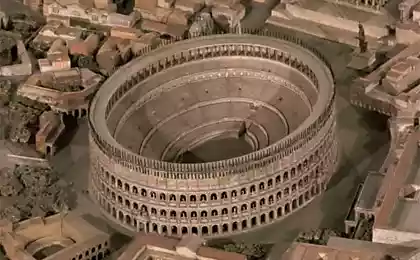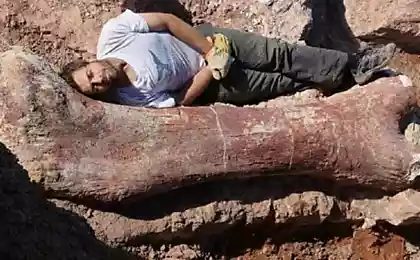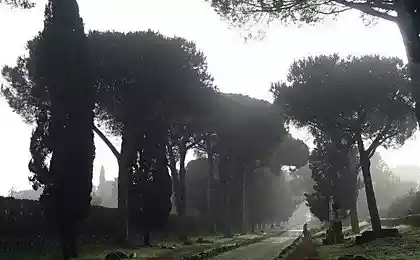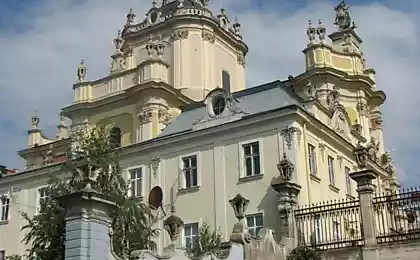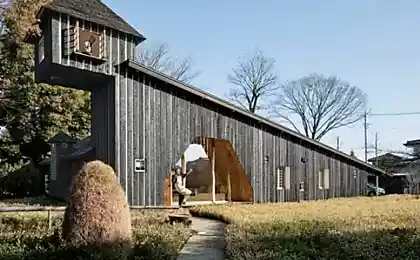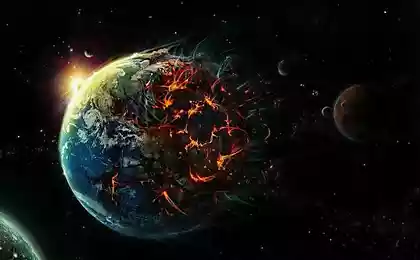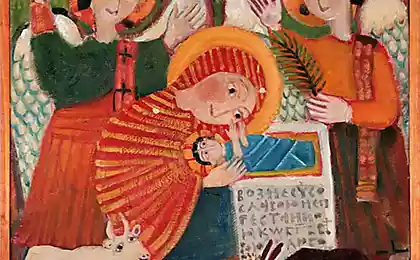1361
Architecture of Rome

Ancient Rome (Lat. Roma) - left a huge architectural heritage of all mankind. lovers of poetry and tragedy, the ancient Greeks invented the Olympics and defended their homeland raising people to revolt. The Romans, unlike the Greeks preferred to comedy and farce, loved the brutal and bloody gladiator games, created a huge standing army. These contradictions - the key to understanding the aesthetic differences in general and architectural features of imperial Rome. The creators of the great creations of mankind have been very prudent, valued primarily usefulness and greatness. In ancient Egypt and Greece did not know what a "high-rise" at home - the invention of the Romans. It has become possible only thanks to one of the three great discoveries of Roman architecture - Roman concrete.
The need for rapid construction of fortresses reliable and robust defensive structures on the conquered lands from the Atlantic Ocean to the Middle East, the Romans invented concrete (lat. Bitumen). It consists of the Roman concrete were wild stone, lime, volcanic ash and pumice; poured concrete layers and tamped. Then the entire structure revetted with marble or hewn stone, sometimes daubed plaster (ital. Stuccatura), resulting in a perfect combination of beauty and strength.
Practicality Romans led to the discovery of the second great invention. In Rome, as in Greece, aqueducts (lat. Aquaeductus - plumbing, from Lat. Aqua - water and duco - spending) constructed a long time ago. From mountain springs clay pipes laid at a slight incline sometimes underground, sometimes above ground through ravines and irregularities, raising high water stone walls. At some point came the bold idea - to make openings in the wall, the stone takes less and spend less time on installation. The main thing is that the shape of the openings have decided to do a semi-circular, which distributes the load and makes a strong design. So Rodel arched shape (lat. Arcus - arc) design - a fixture throughout the Roman architecture. Some of the buildings have survived until our days running.
The third discovery was a continuation of the second. If many stone arches installed against one another, you get a corridor with a semi-circular ceiling. This overlap has been called a set. If you do this corridor as a closed circle and remove the center column, the arch collapses, and will keep myself - get the dome. Simple and great discovery of the Romans.

